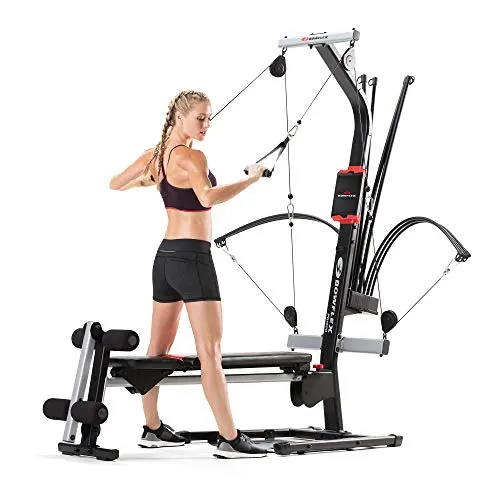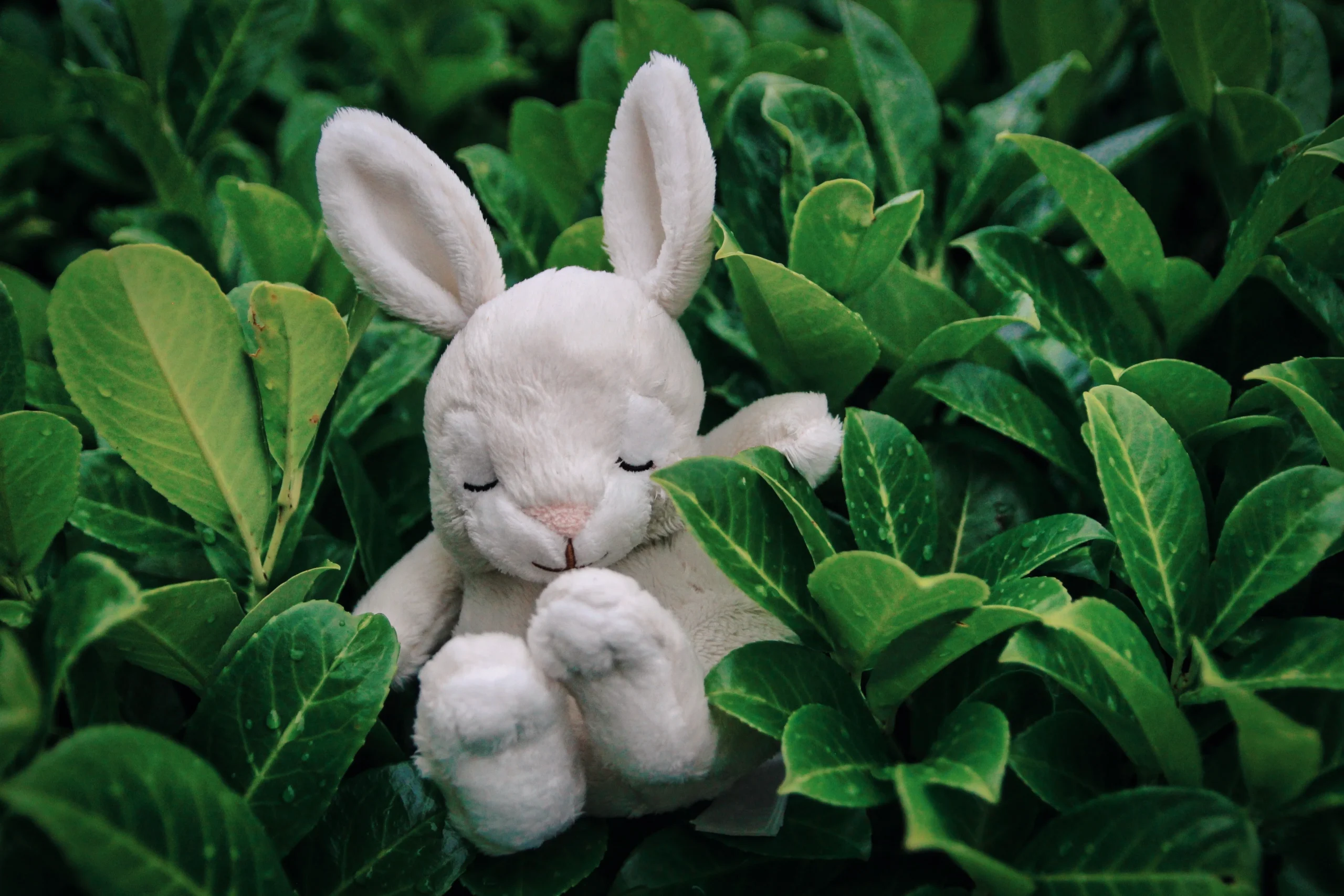
First time running shoes buyer ? Before diving into our reviews, take a moment to read this running shoes buying guide.
What is the most important factor to look for when it comes to choosing running shoes? Do you actually need running shoes? How much do you spend, and which brand is best? In this video, we’re going to answer all these questions and more.
After reading this post why not checkout the Jogging and Running shoes on my Website
This Website is more than just a Blog it’s an Amazon Affiliate Website that makes a small commission form Amazon on any product purchased from this Website, at no extra expense to you. This Post is only meant to give you informative information on the products that are on this Website. All purchases are handled solely by Amazon, that includes payment and shipping information. As this Website doesn’t collect any personnel information.
This is a random selection of Jogging and Running shoes from the Jugging Shoes catalog page. limit
-
Sale!

Abboos Womens Workout Shoes Memory Foam Walking Shoes Lightweight Comfortable Sports Gym Jogging Sneakers Green Size 9
Original price was: $37.99.$32.29Current price is: $32.29. Learn More -
Sale!

adidas Men’s Lite Racer Adapt 4.0 Running Shoes, Black/Black/Black, 11
Original price was: $70.00.$62.90Current price is: $62.90. Learn More -
Sale!

adidas Men’s Swift Running Shoe, Black/Black/Gum, 11.5
Original price was: $95.00.$84.99Current price is: $84.99. Learn More
Do you need running shoes ?
Short answer, yes. While running, your feet go through a simple motion called the running gait, landing on your heel, rolling your foot from heel to toe and finally, toe-off.
When you step on your foot running, you exercise a force between one and a half and three times your body weight. Running shoes have mainly two functions. One, absorb part of the shock, this is called cushioning, and two, guide or encourage your feet to move in a safe and efficient manner through the running gait.
These shoes are designed and optimized for this simple motion. Other sports have
different movements, sudden change in speed and direction, stops, jumps, rotations.
When you bring the shoe that was designed for other sports, you are not getting the benefits a running shoe is meant to give, and you’re potentially putting yourself at greater risk of injury.
How much should I spend for running shoes?
Running shoes start at $60, and go all the way up to $200 and more.
The most popular models for virtually every brand sit between $100 and $120. This is where you get the most bang for your buck. They are vastly better than entry-level shoes, and often the difference between more expensive shoes is not that big.
Rather than buying a low priced running shoe, we recommend looking into buying the previous year’s model. You can expect to pay between 25% and 40% less. We always recommend a older, good shoe, rather than the brand-new, cheap one.
When you spend $150 or more, usually, you’ll pay for better materials or newer technologies, not necessarily a better shoe.
What is the most important factor in running shoes?
Recent studies have shown that the most important factor to consider while buying running shoes in terms of injury risk, is comfort and fit. Every little discomfort issue in a shoe is amplified when running.
If the shoe is too short or too long, too wide or too narrow, if a little stitch in the inside rubs you in the wrong way, imagine dealing with this for thousands of steps, along with your feet swelling because of the impact of the heat, or the little stitch rubbing its way to a proper blister.
To ensure you get the correct-fitting, comfortable running shoe, remembering your feet will swell during the run, try on a range of sizes and brands, and do plenty of indoor walking before making your decision and taking them out on their first run.
What is cushioning? Cushioning is the property of the shoe to absorb part of the impact. Not all running shoes have the same amount of cushioning. Maximal running shoes usually have thicker soles.
The correct terminology is stack height, and they provide more shock absorption, and they also weigh more. Aside from personal preferences, maximally cushioned shoes are recommended to heavier runners, and in general, for day training, especially for the long-distance runs where the most important thing is comfort and injury prevention.
Minimally cushioned running shoes are lower to the ground, weigh less, and provide less protection from the impacts. Usually, they’re reserved for lighter, more efficient runners, who use them for faster training days or even races.
What are the different types of cushioning?
Think about running on dry sand. The impact is well-cushioned and the ride is comfortable, but you don’t go very fast. This is because the force you exert on the ground with your steps is dissipated through the sand, absorbing the shock of the impact, but also a lot of the propulsive force. We call this plush cushioning.
Now, think about when you’re on wet sand. The impact is harder, but you can also go faster. This is for the same but opposite reason than before. We call this responsive cushioning.
So what’s best? It’s really down to personal preference, but usually, you want plush cushioning for your slow, long efforts, and responsive cushioning for faster training and racing. We call cushioning balanced when it’s a good mix of plush and responsive.
What is stability in running shoes?
We could talk for hours about pronation, over pronation, stability, motion control, but recent science has debunked most of the myths surrounding pronation and the choice of running shoes, so we will only mention what’s relevant.
Look for support or stability shoes if you have instability issue with your ankles and/or running gait. So stand on one foot for a minute, then stand on the other. Do you wobble? Do you fall? You surely need to train your ankles and stability in general, but you also probably need to look into a stability shoe. Or, not necessarily.
Even shoes that not strictly marketed as stability might have some inherent stability to them, depending especially on how structured or unstructured their upper is.
What is the drop in a running shoe?
Heel-to-toe drop, simply drop, differential, they’re all ways to call the difference in height in millimeters between the heel of the shoe and the toe.
Traditional running shoes have a drop of 10-12 millimeters, low-drop shoes usually 4-6 millimeters, and there is a whole category of zero-drop shoes.
A higher drop favors landing with the heel, while lower drops move the gait to a mid foot or forefoot landing. It’s personal preference, although we do recommend the traditional drop for beginners, as low-drop shoes might place excessive stress on your calf muscles.
What is the best brand of running shoes?
There is no best brand. Most of the running shoes out there are comparable quality. The most important thing is finding the right ones for you.
What makes a running shoe premium?
More expensive running shoes, or premium running shoes, will have things like removable sock liners, memory foam in zones such as the ankle column, seamless construction, knitted uppers, et cetera.
But are they worth the price? If they feature comfort or provide a better fit, then yes. As we said, comfort is the first factor to consider.




